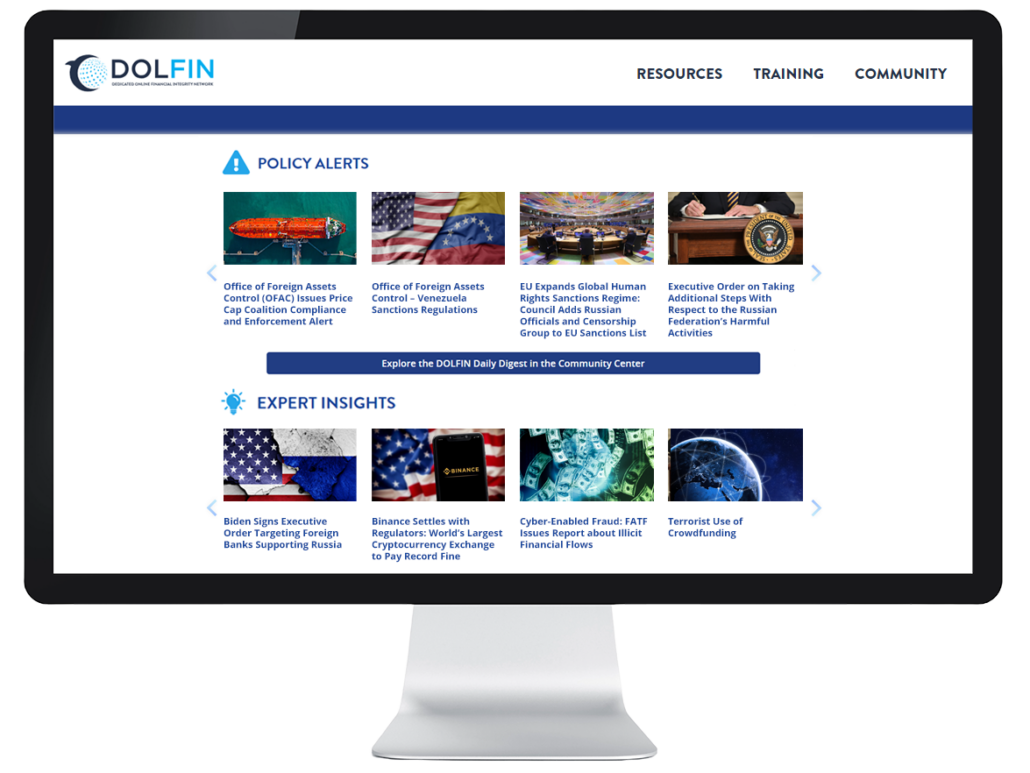When Less is More
How microlearning can improve retention of knowledge and engagement with training
📅 April 24, 2025
📅 April 24, 2025
Our attention spans are getting shorter: in 2004, we could focus for 2.5 minutes or 150 seconds. In 2012 this declined to 75 seconds and in recent years it has dropped further to 45 seconds. With social media trending towards shorter content – like TikTok, X (formerly Twitter), and short clips – providing and acquiring information through lengthy articles or long films is becoming less common.
We switch focus multiple times every hour or even minute, between email, social media on our phones, or corporate instant messaging apps. In the workplace, messaging platforms are increasingly used for corporate communications with shorter, more conversational messages attracting an immediate response. At home, we use gamified “microlearning” apps to learn foreign languages, words, or math. While we could debate whether these social and work patterns caused the shortening of our attention spans – or the cause-and-effect was the other way around – one point is clear: training needs to evolve for the needs of the learner.
What does this mean for compliance and how can microlearning help?
Microlearning refers to knowledge or training divided into small learning objects which can be more easily understood. These learning objects are optimized for length and are usually made available for learners to study at their convenience.
Microlearning can be in many formats – but the key is that they are shorter than other forms of training. These formats can include:
Applying these to compliance, some examples of microlearning content could include:
You might be wondering what amount of time is appropriate for microlearning – 1 minute, 2 minutes, 5 minutes, 10 minutes? The answer is that all of these durations could be considered microlearning.
It’s important to note that microlearning is not set by any specific duration. The key is that it should focus on one learning objective.
Microlearning offers many advantages compared with traditional learning which often involves length texts or long films. The advantages include:
Our brain usually retains information better if it’s presented in smaller “chunks”. Retention is further enhanced when you train repeatedly (think of your word-puzzle app that becomes part of your daily routine!) and where you revisit content frequently. While a short microlearning may not cover content to the same level of detail as a lengthy course, in some situations it is more important to learn (say) five key points rather than to read a lengthy document and retain little.
It’s usually easier to find time for a few minutes of learning rather than longer modules. This makes it easier to find time for initial learning – as well as to revisit content frequently, which we know increases retention. By using microlearning rather than long courses, content can be divided over a longer period – meaning a staff member does not need to be diverted from their primary role for an extended period. Instead, learning can occur over a longer period, in parallel with their work.
Microlearning can be more appealing than traditional courses – like checking your favorite social media app rather than the “serious study” feel of reading a book. It’s easier to find motivation to read a few minutes of content or listen to a short audio, rather than to sit down for hours of reading. By releasing blocks of content throughout the year rather than making it a single annual course, knowledge is kept “top of mind” throughout the year – particularly valuable for compliance.
Microlearning can be designed to work better on mobile apps. This increases the available time for microlearning. A learner can listen to audio in their car or while on the subway, whereas they would be less likely to start a longer course during these shorter available timeslots.
While microlearning has many advantages, it is not always suitable. Let’s look at two situations where traditional learning paths are more effective.
The first situation is when complex concepts cannot be readily broken down into small parts or in-depth training. An example would be learning to use blockchain investigative tools where learning complex subjects sequentially is needed.
The second example is in-person training, such as a first aid course, where some elements require the trainer and trainee to be co-located.
However, even in these situations, pre-course preparation or post-course refreshers could use microlearning to enhance ongoing engagement and retention of knowledge.
Now that you’ve been persuaded to consider microlearning for elements within your training programs, let’s look at some best practices.
We’ve identified that microlearning has significant advantages in building and maintaining compliance knowledge. They can improve retention, increase engagement, and provide greater flexibility. They also recognize that different individuals learn differently, so microlearning complements and enhances traditional training by making knowledge more accessible.
Most importantly, in the context of compliance, microlearning can increase effectiveness. Short blocks of meaningful content released on an ongoing schedule, adapted for current topics, will ensure compliance remains top-of-mind throughout the year.

Sign up for the Dedicated Online Financial Integrity Network (DOLFIN). A powerful resource for industry professionals, membership grants unlimited access to our extensive library spanning the core financial integrity topics.









 K2 Integrity and the Institute for Financial Integrity Launch AML/CFT Course...
K2 Integrity and the Institute for Financial Integrity Launch AML/CFT Course...This site uses cookies. By continuing to browse the site, you are agreeing to our use of cookies.
Accept settingsHide notification onlySettingsWe may request cookies to be set on your device. We use cookies to let us know when you visit our websites, how you interact with us, to enrich your user experience, and to customize your relationship with our website.
Click on the different category headings to find out more. You can also change some of your preferences. Note that blocking some types of cookies may impact your experience on our websites and the services we are able to offer.
These cookies are strictly necessary to provide you with services available through our website and to use some of its features.
Because these cookies are strictly necessary to deliver the website, refusing them will have impact how our site functions. You always can block or delete cookies by changing your browser settings and force blocking all cookies on this website. But this will always prompt you to accept/refuse cookies when revisiting our site.
We fully respect if you want to refuse cookies but to avoid asking you again and again kindly allow us to store a cookie for that. You are free to opt out any time or opt in for other cookies to get a better experience. If you refuse cookies we will remove all set cookies in our domain.
We provide you with a list of stored cookies on your computer in our domain so you can check what we stored. Due to security reasons we are not able to show or modify cookies from other domains. You can check these in your browser security settings.
These cookies collect information that is used either in aggregate form to help us understand how our website is being used or how effective our marketing campaigns are, or to help us customize our website and application for you in order to enhance your experience.
If you do not want that we track your visit to our site you can disable tracking in your browser here:
We also use different external services like Google Webfonts, Google Maps, and external Video providers. Since these providers may collect personal data like your IP address we allow you to block them here. Please be aware that this might heavily reduce the functionality and appearance of our site. Changes will take effect once you reload the page.
Google Webfont Settings:
Google Map Settings:
Google reCaptcha Settings:
Vimeo and Youtube video embeds:
You can read about our cookies and privacy settings in detail on our Privacy Policy Page.
Privacy Policy